
Group exhibition with works by Martyna Czech, Kapwani Kiwanga and Uriel Orlow, curated by Kasia Sobczak.

Group exhibition with works by Martyna Czech, Kapwani Kiwanga and Uriel Orlow, curated by Kasia Sobczak.

The exhibition Parliament of Plants II testifies to a new view of plants, which are inextricably linked with our own survival, with works by Polly Apfelbaum, Ursula Biemann, Anna Hilti, Alevtina Kakhidze, Jochen Lempert, Rivane Neuenschwander & Mariana Lacerda, Uriel Orlow, Silke Schatz, Thomas Struth, Athena Vida, Miki Yui, Zheng Bo. Over the past decades, a paradigm shift has been taking place in the sciences regarding our perception of plants, one that is also reflected in the exhibition’s artworks. Parliament of Plants II demonstrates the principle of symbiosis as a societal counter-image to the parasitic handling of nature. New insights regarding the world of plants feature alongside knowledge of Indigenous cultures, questions pertaining to colonial and contemporary history, the handling of resources or our perception of time. The crucial question is: how can we achieve a symbiotic coexistence in which human and non-human beings can learn from each other? The main themes of two ‘raised stands’ are Michel Serres’ Natural Contract and Lynn Margulis’ theory of symbiosis. Co-curated by Christiane Meyer-Stoll with Hans-Jörg Rheinberger, molecular biologist and historian of science.
The exhibition includes two inserts, a project space in the side-light gallery and a wide range of further collaborations and cooperations: Insert I: Politics of Plants
curated by Linda Schädler, head of ETH’s Prints and Drawings Collection, Zurich, with works by Mireille Gros, Matthew Day Jackson, Monica Ursina Jäger, Daniela Keiser, Pascal Schwaighofer, Melanie Smith, Sebastian Utzni. Insert II: Plants_Intelligence. Learning like a Plant, a research project at the Institute Art Gender Nature, Academy of Art and Design FHNW, Basel, with the support of the Swiss National Science Foundation with works by Felipe Castelblanco, Julia Mensch, Rasa Smite, Raitis Smits.

In May 2023, Swiss Institute launched Spora, a curatorial initiative centered in SI’s institutional imperative to integrate environmental consciousness and climate action into all facets of the institution. Like spores spreading throughout the physical structure of our building and permeating the immaterial processes of SI,Spora is an experiment that explores what a practice of environmental institutional critique could be.
With works by Raven Chacon, Lee Mary Manning, Hendl Helen Mirra, Christian Nyampeta with Cass Nakashima, Jenna Sutela and Vivian Suter.
Spora is made possible by Teiger Foundation. Additional support is provided by the Consulate General of Finland in New York City. The project is organized by Stefanie Hessler, Director, Alison Coplan, Chief Curator, and KJ Abudu, Assistant Curator.

75 year anniversary exhibition of VFO (Verein für Originalgraphik, Zurich) curated by David Khalat with print projects by Luigi Archetti, Walead Beshty, Vanessa Billy, Julian Charrière, Valérie Favre, Sylvie Fleury, Pia Fries, Louisa Gagliardi, Raphael Hefti, Federico Herrero, Bethan Huws, Zilla Leutenegger, Uriel Orlow, Carmen Perrin, Karin Sander, Denis Savary, Elza Sīle and Selina Trepp.
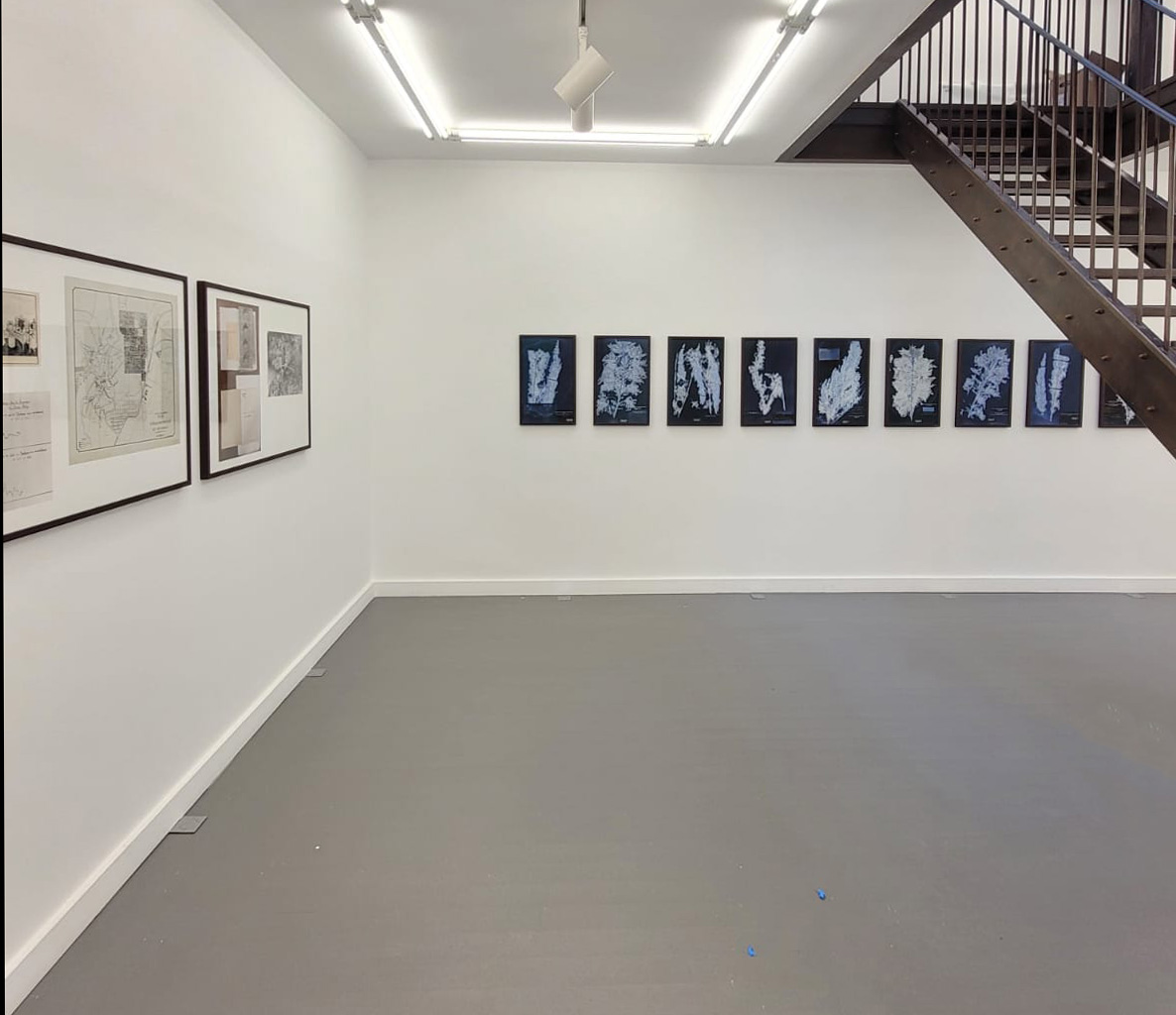
Group exhibition with works by Lara Almarcegui, Bianca Bondi, Fabien Conti, Uriel Orlow, Daniel Otero Torres.

THE MEASURE OF THE WORLD, revolves around the ghosts of Western Enlightenment thinking and the relationship between science, truth-finding and the consequential creation of worldviews. With the work of fifteen artists, the exhibition forms a conversation starter for the NATURECULTURES year program and presents a first counterpoint to the current crises that bear witness to the perverse reality of modernism. Participating artists: Karl Blossfeldt, Madison Bycroft, Filipa César & Louis Henderson, Laura Huertas Millán, Esther Kokmeijer, Sasha Litvintseva & Beny Wagner, Claudia Martínez Garay, Pedro Neves Marques, Tuan Andrew Nguyen, Uriel Orlow, Andrew Pekler & Kiwi Stefanie Menrath, Erik Peters, Jol Thoms

The 5th edition of the festival will platform visual projects, and learning initiatives by a range of participants including artist, curator and teacher Munem Wasif from Bangladesh; Swiss artist and writer Uriel Orlow; Kathmandu-based digital archive Nepal Picture Library; KTK-Belt Project, which works towards catalyzing new models of biodiversity conservation and environmental learning in eastern Nepal; Indian filmmaker Sriram Murali; The Feather Library – an initiative co-founded by Isha Munshi to document, identify and study feathers of Indian birds; artist and writer Alana Hunt from Miriwoong country in the north-west of Australia; Mexican/British multidisciplinary visual artist Monica Alcazar Duarte; Indian filmmaker Amar Kanwar; and author, art curator, filmmaker, and theorist of photography and visual culture, Ariella Azoulay, among others.
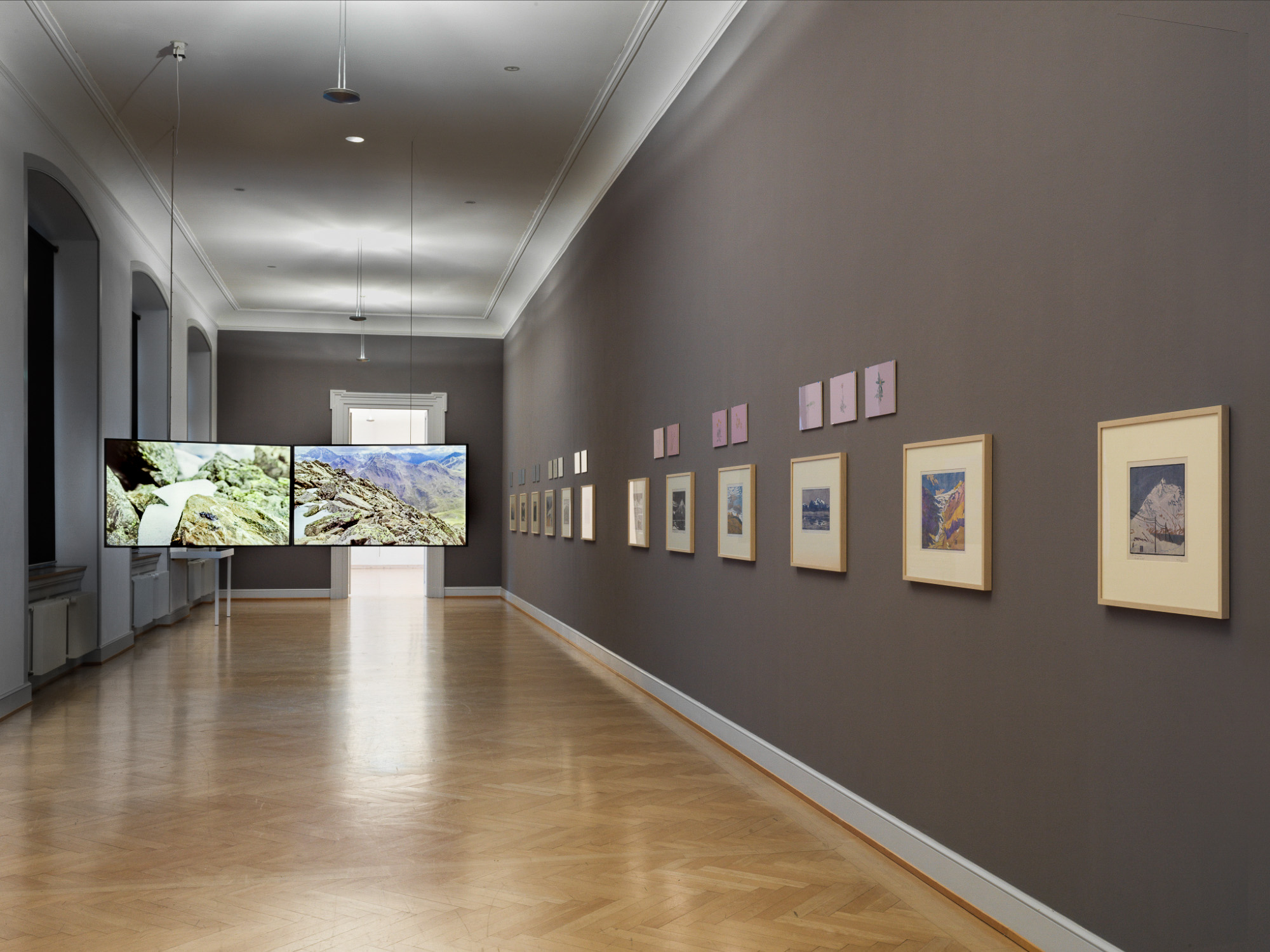
The exhibition Unexpected Encounters: New Perspectives on the Collection contrasts familiar works from the collection with artists from outside the collection. It thus offers a broader perspective and breaks with conventional readings of key works at the museum. Curated by Gianni Jetzer and Melanie Bühler with works by Marion Baruch, Martha Cunz, Per Kirkeby, Sherrie Levine, Johanna Nissen-Grosser, Uriel Orlow, Nam June Paik, Richard Serra, Sturtevant.
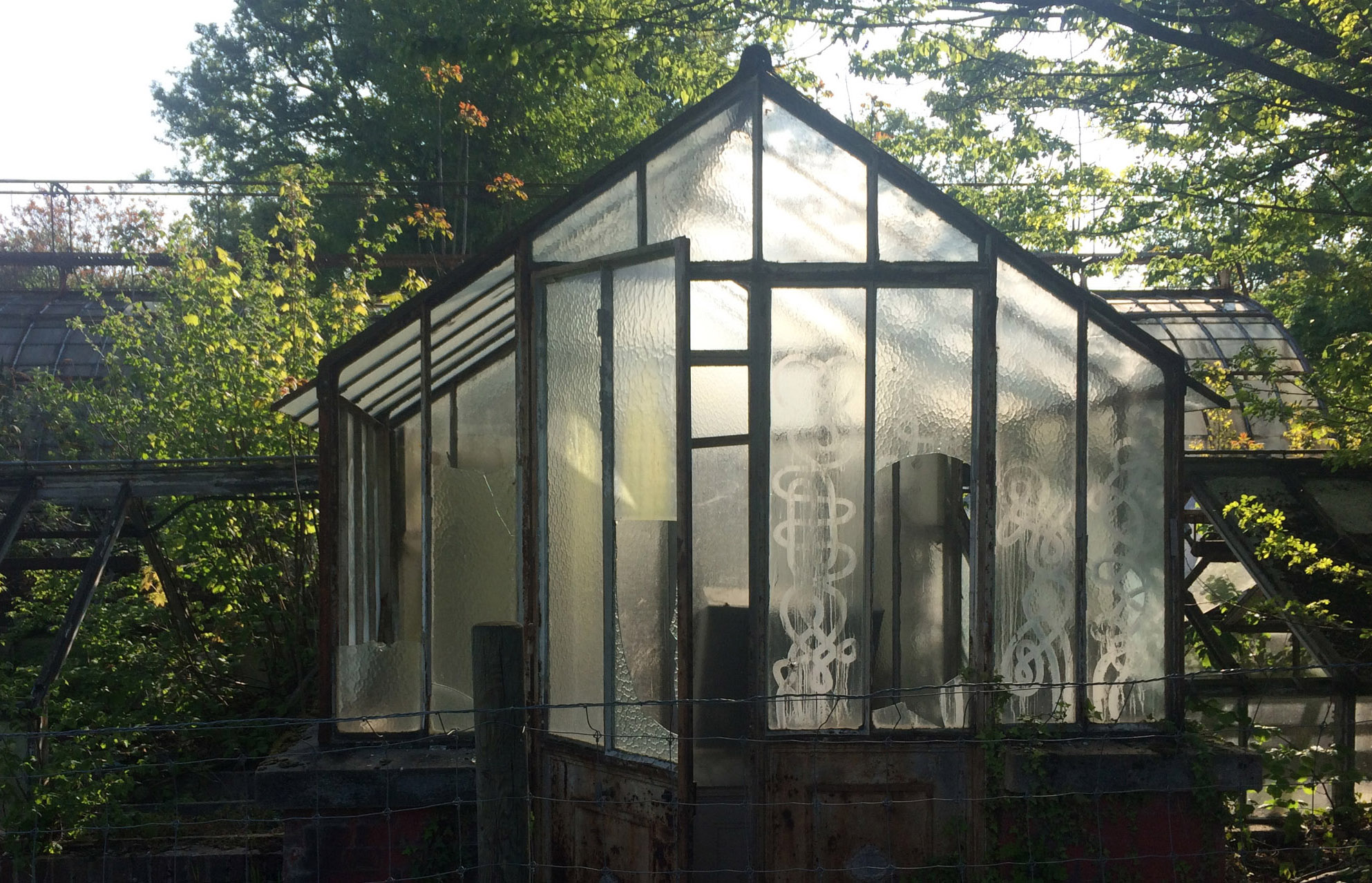
Critical Zones. Observatories for Earthly Politics was conceived and exhibited at ZKM- Center for Art and Media Karlsruhe (2020–2022) based on a concept by Bruno Latour and Peter Weibel.

The 5th edition of the Kochi-Muziris Biennale, In Our Veins Flow Ink and Fire, is curated by Singaporean artist Shubigi Rao and will bring together 80 artists and collectives with over 45 new commissions. Originally scheduled for December 2020 and postponed due to the pandemic, the event will be held across multiple venues in Fort Kochi and Ernakulam, in Kerala, India.
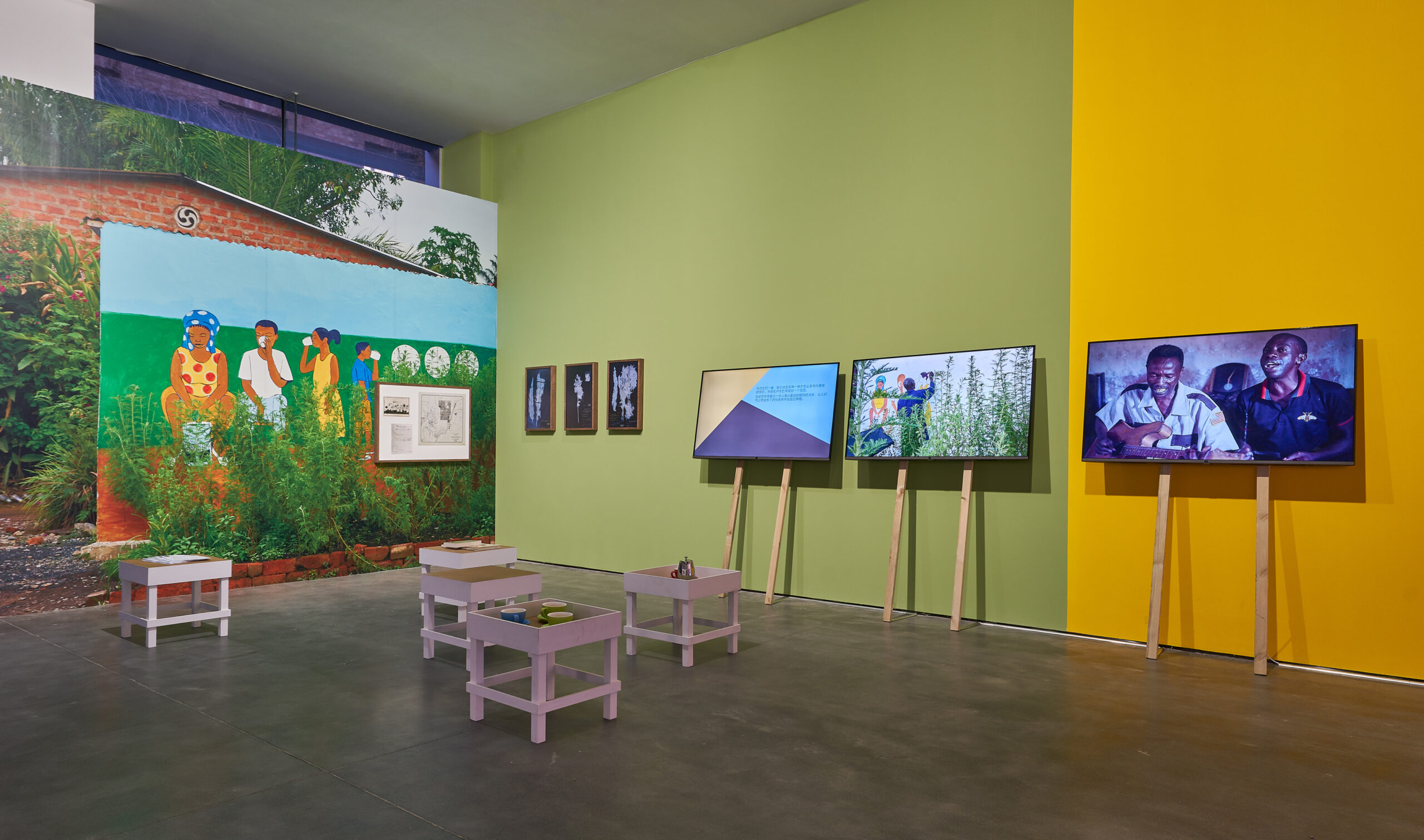
Group exhibition curated by Yang Beichen, including works by Cai Gut-Qiang, Carolina Caycedo & David de Rozas, Sergio Rojas Chaves, Chu Yun, Rometti Costales, Sheryl Cheung, Patricia Domínguez, Fei Yining, Jes Fan, Liu Chuang, Long Pan, Rice Brewing Sisters Club, Pamela Rosenkranz, Tong Yixin, Wu Chi-Yu, Trevor Yeung, Zhang Wenzhi, Zheng Mahler.
The first chapter of the series “Who Owns Nature?”, a research based curatorial project with three chapters at the Macalline Art Center. It seeks to re-examine our historical debt with “nature” and to explore a new non-linear cosmological model. This is an interdisciplinary and interdisciplinary project, in which we will work with different artists, scholars and cultural practitioners to create lively and serious sites on different issues.

Solo show curated by Filipa Oliveira in Casa da Cerca – Contemporary Art Center, in Almada.
“Perhaps for the first time in our history, we are beginning to have a collective awareness both of the reality of climate change that has long been predicted, but also of its immediate and long-term consequences. The result of this is a growing understanding that the world is no longer human-centered, and that to deal with the demands of this crisis a collective inter-species effort is needed. If so far we have treated plants as a backdrops for human history, the works of Uriel Orlow speak to us of plants as indispensable companions in the struggle for planetary survival. Orlow shows us how plants are active agents and not just passive witnesses of history. They are a central link between nature and humans, between various types of knowledge and beliefs, capable of revealing fragilities and inequalities, and carrying ancient lessons.” Filipa Oliveira

Critical Zones. Observatories for Earthly Politics was conceived and exhibited at ZKM Center for Art and Media Karlsruhe (2020–2022), based on a concept by Bruno Latour and Peter Weibel. For the Goethe-Institut South Asia, a traveling adaption of Critical Zones titled Critical Zones. In Search of a Common Ground is co-produced by the ZKM Karlsruhe and the Goethe-Institut/Max Mueller Bhavan Mumbai. It shows a selection of artistic positions and is complemented by further works from Indian and Sri Lankan artists. The South Asia tour of the exhibition begins in Mumbai, it will be exhibited in Colombo and Pune in 2022, followed by Kolkata, New Delhi and Bangalore in 2023. The exhibition and its activation program have been adapted for the local audiences in close dialogue between the curators, art mediators and the Goethe-Institut Mumbai.

A group exhibition at MAMAC Nice, curated by Hélène Guenin and Rébecca François and part of the Nice Biennal of Arts 2022. With works by Laurence Aëgerter, Maria Thereza Alves, Isa Barbier, Yto Barrada, Hicham Berrada, Minia Biabiany, Melanie Bonajo, Bianca Bondi, Fatma Bucak, Chiara Camoni, Ali Cherri, Jean Comandon & Pierre de Fonbrune, Marinette Cueco, Odonchimeg Davaadorj, Andy Goldsworthy, Nona Inescu, Kapwani Kiwanga, Tetsumi Kudo, Marie-Claire Messouma Manlanbien, Ana Mendieta, Marie Menken, Otobong Nkanga, Dennis Oppenheim, Uriel Orlow, Gabriel Orozco, Giuseppe Penone, Pia Rönicke, Michelle Stuart, Anaïs Tondeur, NILS-UDO, Zheng Bo.
Becoming flower? At a time when ecosystems and climate breakthrough is leading us to rethink our relationship with nature and the living world, we can wonder what can we learn from flowers, from their resilience, from their constant adaptation to their environment, from their sobriety? Vulnerable and essential, they are an indispensable driving force of life: they produce the food that humans, animals and insects consume and the oxygen that we breathe. With scientific advances in plant intelligence and a new approach to life, our fascination for them is growing – far beyond mere aesthetic pleasure. Symbols of fragility and rebirth, they are becoming a particularly powerful indicator for lighting up current issues. Through the eyes of artists, “Becoming Flower” attempts to bring a new and a sensitive light on contemporary ecological, anthropological and geopolitical issues. The exhibition brings to light a botany of world history, as well as new forms of attention, sensitivity and thought.
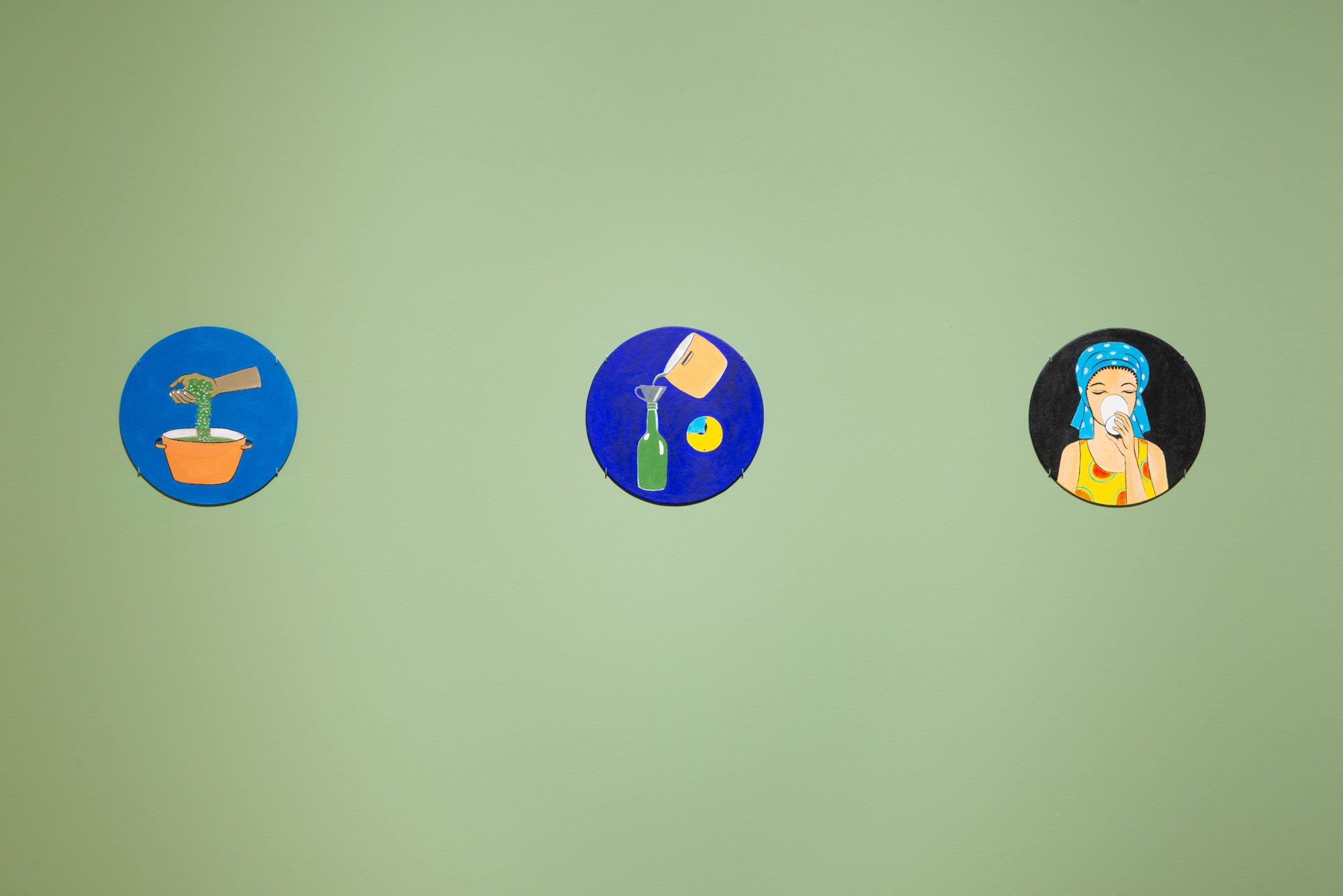
Held every five years to showcase the work of British artists who have made a significant contribution to international contemporary art, the ninth British Art Show (BAS9) is curated by Irene Aristizábal and Hammad Nasar and includes work by over 40 artists. In The Levinsky Gallery are exhibited works by Cooking Sections, Sean Edwards, GAIKA, Maeve Brennan, Grace Ndiritu, Katie Schwab and Abigail Reynolds.

Collective exhibition in Danielle Arnaud contemporary art, London, including artists Anna Barriball, Daphne Wright, David Cotterrell, Edward Chell, Gerard Ortín, Gunther Herbst, Harun Morrison, Helen Maurer, Helen Walker, Joseph Banks, Joy Gregory, Laure Prouvost, Lea Maelzer, Leelou Gordon-Fox, Maria Thereza Alves, Mariele Neudecker, Nick Laessing, Nils Norman, Owen Griffiths, Peter Hofer, Pia Ostlund, Rosa Nguyen, Stephen Lee.
In the 1830s, East London doctor and amateur naturalist Dr. Nathaniel Bagshaw Ward invented a sealed glass case, an ecosphere in which plants could survive heavily polluted air. The Wardian case was soon being used for the transport of plants by sea around the world. From garden plants such as jasmine and rhododendrons to cash crops like bananas and tea, this simple invention transformed global economies and environments and shaped our world. Transports of Delight, will explore the impact of this simple but world-changing invention which links themes of colonialism, environment and the collection and display of plants associated with broader historical narratives.
The exhibition will feature around twenty artists from Britain and abroad with an accompanying publication.

Group show curated by Kunsthalle Wien’s art education team, Wolfgang Brunner, Michaela Schmidlechner, Michael Simku and Martin Walkner.
Is the city a living organism? Why do oceans change color? Are glass-and-concrete skyscrapers nature, too? The fifth iteration of this interactive exhibition fzooms in on questions that revolve around the ways in which our environment is changing. We take inspiration from artists who explore climate change and natural ecosystems as well as the city as a habitat for animals, plants, and humans.

Uriel Orlow presents a newly commissioned installation at the 12th Berlin Biennale for Contemporary Art. Titled Still Present! and curated by Kader Attia, the Biennale gathers artists from around the globe engage with the legacies of modernity and the resulting state of planetary emergency. In addition to their works, the exhibition features historical documents, including political and activist publications from the Archiv der Avantgarden – Egidio Marzona (AdA). The contributions reveal connections between colonialism, fascism, and imperialism, and propose decolonial strategies for the future, oriented around a set of questions: How can a decolonial ecology be shaped? What role can non-Western feminist movements play in the reappropriation of historical narratives? How can the debate on restitution be reinvented beyond the return of plundered goods? Can the field of emotion be reclaimed through art?

Uriel Orlow presents two new works for the June edition “Rebuilding Connections” by Edition VFO (Zurich), together with works by artists Mirko Baselgia, Olaf Breuning, Natacha Donzé, Delphine Reist, Sergio Rojas Chaves, Anouk Tschanz:
— Forest Essentials Take Two / Close-Up (Bóbe), 2022 (wood cut on Japanese paper, 46 x 62 cm, edition 12 + 4AP, produced by Hugo Amorim)
— Forest Essentials Take Two / Long Shot (Bóbe), 2022 (silkscreen print on wood, 46 x 62 cm, edition 12 + 4AP, produced by Telmo Chaparra)
Artist Talk with Uriel Orlow: Friday, 15 July 6:30 pm

Group show with works by Ravi Agarwal, Ambra Castagnetti, Wilson Diaz, Monica Ursina Jäger, Karrabing Film Collective, Hunter Longe, Maurice Maggi, Naufus Ramirez-Figueroa, NGGAMDU.ORG in collaboration with Tomás Saraceno. Organized by AIA (Awareness in Art) in Löwenbräukunst, Zurich, and curated by Martina Huber-Marthaler and Gianni Jetzer.
In the Anthropocene, processes of exploitation shape humanity’s relationship with nature. In the face of ecological crises, voices have emerged that question its legitimation. The exhibition Back to the Roots presents artistic positions that offer alternative views of ecological thinking, expanding the consciousness of earthly coexistence, thus overcoming the colonial past.
In his seminal book Decolonizing Nature, the American art historian T. J. Demos calls for new ecological art that takes local, sociopolitical, and economic aspects into account. Ecological knowledge passed on from one generation to the next has become a new point of reference in today’s debate. It points to local peoples’ know-how over long periods through direct contact with the environment. This knowledge is site-specific and often includes relationships between plants, animals, natural phenomena, landscapes, and the rhythms of everyday life.